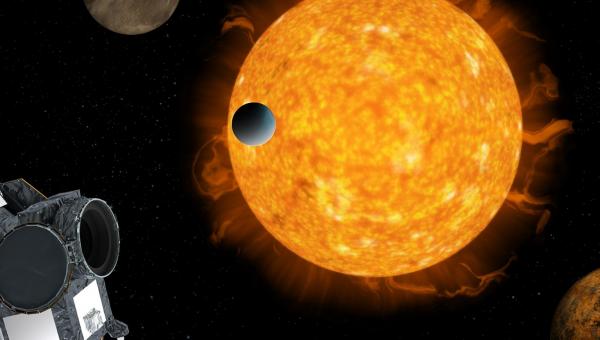Lead turns to gold – but there's a catch

With the help of the ALICE detector, scientists were able to record the transformation of lead into gold.
At CERN in Geneva, researchers have achieved what medieval alchemists could only dream of: transforming lead into gold — albeit for just a fraction of a second.
For centuries, alchemists sought a way to turn base metals like lead into precious gold. However, this pursuit remained fruitless — as modern science eventually proved, and for good reason. Lead and gold are distinct chemical elements, and no chemical process can transmute one into the other. Yet what remained out of reach for the alchemists has now become possible through modern physics. Scientists at CERN, home to the world’s most powerful particle accelerator, the Large Hadron Collider (LHC), have successfully converted lead into gold — not through magic, but through high-energy nuclear physics.
How physics made the impossible possible
Since the 20th century, physicists have understood that under extreme conditions, heavy atomic nuclei such as lead can be transformed into other elements. This can occur through radioactive decay or by bombarding the nucleus with particles like neutrons or protons.
Now, CERN’s ALICE experiment has uncovered a new mechanism by which this transformation can occur. Their findings, recently published in Physical Review C, detail how lead atoms can shed protons and neutrons, effectively turning into gold.
An impact with consequences
In the LHC’s 27-kilometre-long underground ring on the Swiss-France border, lead nuclei are accelerated to nearly the speed of light. When these nuclei collide, they create a state of matter similar to that which existed just after the Big Bang. But when the lead nuclei narrowly miss each other — a phenomenon known as ultra-peripheral collision — something else happens: their powerful electromagnetic fields interact. These interactions can produce photon-photon or photon-nucleus collisions, triggering nuclear reactions without direct contact.
During these near misses, the lead nucleus, which contains 82 protons, can emit several protons and neutrons. Gold, by comparison, has 79 protons — so shedding just three protons is enough to turn lead into gold.
A significant amount, but still invisible to the naked eye
The researcher team studied the frequency of such interactions and measured how many protons and neutrons were knocked loose. The result: these collisions can generate up to 89,000 gold nuclei per second under the right conditions.
Researchers estimate that between 2015 and 2018 this process produced around 86 billion gold nuclei. Impressive as that may sound, the actual mass of gold created is vanishingly small — just 29 picograms, or 0.000000000029 grams. But still far from using it for a coin, a ring, or even to see with the naked eye.
Gold for a fraction of time
Even though lead is indeed being transformed into gold, the dream of limitless wealth remains out of reach. According to the press release, the gold nuclei created in these experiments are extremely energetic and unstable. They decay almost immediately upon contact with the LHC’s beam pipe or other infrastructure components.
In other words, the gold exists only for an unimaginably short moment — a fleeting instant before it vanishes again into subatomic particles.




